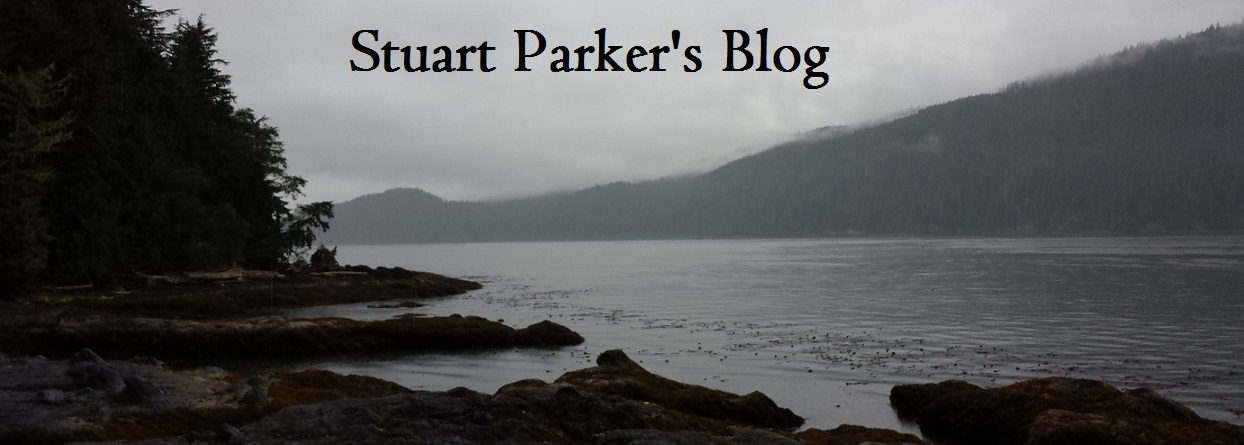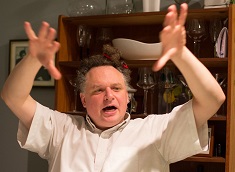The Strange Case of Grant Devine
In the spring of 2001, former Conservative Saskatchewan premier Grant Devine addressed a private luncheon of Fraser Institute supporters at a swanky downtown Vancouver hotel. There were good reasons for the event to be private. Devine was, even among the most ardent members of the political right, a controversial figure. His government had gone down to one of the most crushing defeats at the polls in the province’s history in 1991, with the party falling from 45% of the vote to 25% and losing 28 of its 38 seats in the legislature, with every single urban MLA going down to defeat. And that was only the beginning.
Senior staffers, backbenchers and even cabinet ministers were prosecuted by the RCMP for an organized expense fraud scheme that had been common knowledge in the Devine government’s final term in office. Former cabinet ministers did jail time for stealing public funds. One committed suicide to avoid an imminent arrest. In the 1995 election, the party was reduced to five seats. And its caucus crossed the floor to form a new party called the Saskatchewan Party, to which the NDP referred in the 1999 and 2003 elections as the “Conservative Party witness protection program.” It has not held a seat since.
But the total destruction of the Saskatchewan affiliate of their party was not even the thing about Devine of which grassroots Canadian conservatives most strongly disapproved. In the late 80s and early 90s he had plunged Saskatchewan deeply into debt by building infrastructure in rural communities far beyond what local demand could support and undertook a pricey administrative reorganization of government to fill the many office buildings he constructed in small communities around the province. He also instituted direct subsidies to farmers and ceased charging resource royalties to oil companies and he sold off most revenue-generating part of the government.
Devine’s government remains widely viewed as the most fiscally irresponsible government anywhere in Canada in the 1980s. Not only did they leave office awash in debt; they had created a massive structural deficit that would take a decade of austerity to eliminate.
The Real Dangers of Public Debt
So, at the private luncheon, where no media were allowed, he was asked about this very thing. His response, and I must paraphrase here, was that he knew, a year into his final mandate, that he was facing certain defeat in 1991. And therefore he chose to destroy the province’s finances so that, when the NDP returned to power, they would be unable to bring in any new government programs, that they would be forced into enacting austerity and not expanding the welfare of the province that gave birth to Canadian Medicare.
I have no idea if this was a mere excuse concocted with the benefit of hindsight or whether it was the plan all along. But it was clearly true: plunge a jurisdiction far enough into debt and its ability to make political choices democratically is profoundly undermined. And one has a pretty good idea of who will be making the political choices in an indebted jurisdiction: the global financial elite, the banks, the bond-raters and the investor class.
Historically, the Saskatchewan NDP, the first democratic socialist party ever to take power in North America, has always been debt-phobic. The party held power for seventeen years before introducing Medicare because it felt that for the policy to have a chance, the province would need to be debt-free.
Because it is private companies, especially Standard and Poors, owned and run by the global financial elite, who hand out credit ratings, a heavily indebted and heavily borrowing jurisdiction can only continue enacting its policies if they meet with the approval of the elite of the financial sector. And once upon a time, it seems like just the other day, New Democrats did not understand the corporate elite to be their best buddies.
As a provincial finance minister I once knew reported of her meeting with Standard and Poors, the fiscal responsibility of your jurisdiction and its future financial plans are but small factors in the determination of your jurisdiction’s credit rating. Bond raters and bankers are, like everyone else, ideological. And they want to see governments and people who share their ideology do well and those who do not, not quite so well.
The reality is that a credit rating downgrade by the bond-raters, changes in the lending terms of banks and other governments are political in character. And, the more indebted you are, the more additional borrowing you need to conduct for the coming fiscal year, the greater the ability of the global financial elite to throw your jurisdiction into a debt spiral through a series of interest rate hikes.
Back in the 90s, we saw that play out at the international level as governments like Zimbabwe’s and Argentina’s went into these tailspins, ultimately resulting in World Bank bailouts contingent on World Bank officials being given control of the countries’ finance ministries decisions over program funding leaving their capitals and moving to New York and Geneva.
I have never understood organizations like the Canadian Centre for Policy Alternatives’ argument that borrowing money is somehow socialist or left-wing. Certainly, there was a time when a lot of borrowing was done by social democratic and liberal governments to more rapidly expand their economies and build the welfare state more quickly during the first phase of the Cold War (1948-80). But this was a period when the global financial elite were part of broad society-wide consensus that producing prosperity and a social safety net for working and middle class people was essential to winning the Cold War for the capitalist side.
As that consensus evaporated in the late 1970s and early 80s, borrowing policies that had worked in the 1950s and 60s stopped working. That was partly due to the restructuring the global financial system in 1974 but more importantly, because, unlike in the age of John Maynard Keynes and John Kenneth Galbraith, the financial sector no longer saw itself as a partner in the construction of the welfare state.
The NDP’s Dramatic Fiscal Policy Reversal
When John Horgan and Carole James, his finance minister, came to lead the first BC NDP government in sixteen years, they were proud of the small budget surpluses they posted during their half-decade in power. And this was just one aspect of their commitment to policy continuity with the government they had replaced. This was, in large measure, because their government’s senior decision-makers were veterans of the party’s nine turbulent years in power during the 1990s, especially after its re-election in 1996 when it faced a capital strike by the mining industry and other major sectors of the economy.
The late 2010s and early 20s NDP was not just afraid of the banks. They were afraid of pretty much every major international industrial cartel. Not spooking or upsetting the mining and petroleum sectors was almost the categorical imperative of the Horgan regime. That is because, like a credit rating downgrade, a capital strike can hobble an economy and destroy the ability of a government to pursue its agenda as the economic contraction causes its revenues to fall and its costs to grow.
So, what are we to make of the new fiscal approach of premier David Eby, the tyrant who succeeded Horgan because the official returning officer, who just happened to be a lobbyist for the fossil fuel industry, running the succession process, disqualified Eby’s competitor and acclaimed him with nary a vote being cast by the party or its caucus?
The official $7.9 billion budget deficit he and his finance minister announced for 2024-25 is only part of the story. The actual increase in BC’s debt will be just shy of $20 billion thanks to borrowing hidden away in shell games around capital spending and crown agencies and corporations. The province’s debt to gross domestic product ration will climb from 17.6% to 21% in a single year leaving us $123 billion in the hole. And it is not like this will be a one-time thing, the forecast for the 2024-26 deficit, if Eby wins re-election this fall is $6.3 billion, a number sure to grow as the date of next year’s budget approaches, even if we pretend the inevitable orgy of pre-election spending announcements this fall is not going to happen.
Since becoming premier and, as I remarked above, even in the process of becoming premier, Eby has made it clear that he is a janitor for the global financial elite, someone whom they can trust to continue the massive subsidies to the Royal Dutch Shell and the other partners in LNG Canada, someone they can trust to continue throwing a million dollars a day at the Site C dam, whose energy will power the increased fracking operations necessary to fill the pipeline to Kitimat.
Similarly, the pharmaceutical industry can trust him to pursue to most aggressive policies to increase the supply of legal opioids, going so far as to issue fentanyl to high school students without their parents’ consent or knowledge. And readers of this blog know what I think about his government’s other aggressive policies to destroy kids’ endocrine systems and get them hooked on pharmaceuticals they will need for the rest of their lives.
And that is why in my view, Eby is pursuing fiscal policies that undermine the ability of any successor government, his own or another party’s, to deviate from the policy course British Columbia was on before the NDP even formed government.
Because if this plunge into debt continues, the effects of a credit rating downgrade or a capital strike on BC will soon be so catastrophic that another premier would have to spend years paying down the debt before they dared apply the same carbon tax to Big Oil that they do to individual consumers, before they enacted appurtenance legislation to revive our sawmills, before they stopped experimenting on children with dangerous, dependence-inducing drugs.
If a government wants to change course on any major issue of concern to the global financial elite, it will have to be preceded by years of austerity and policy continuity.
This idea that racking up debt is somehow socialist is absurd because what this kind of government debt really does is drain power out of our legislature and into the boardrooms of the banks and bond raters in New York while their stooge, Premier Eby does a soft shoe routine to distract us and his sycophants praise his supposedly courageous borrowing program.

